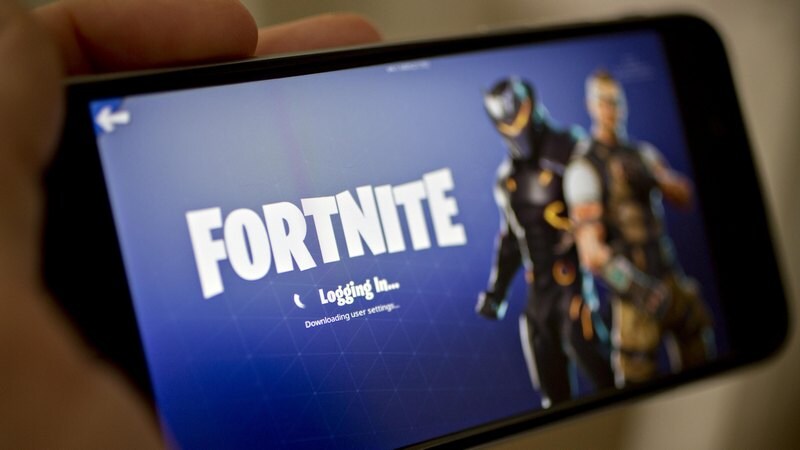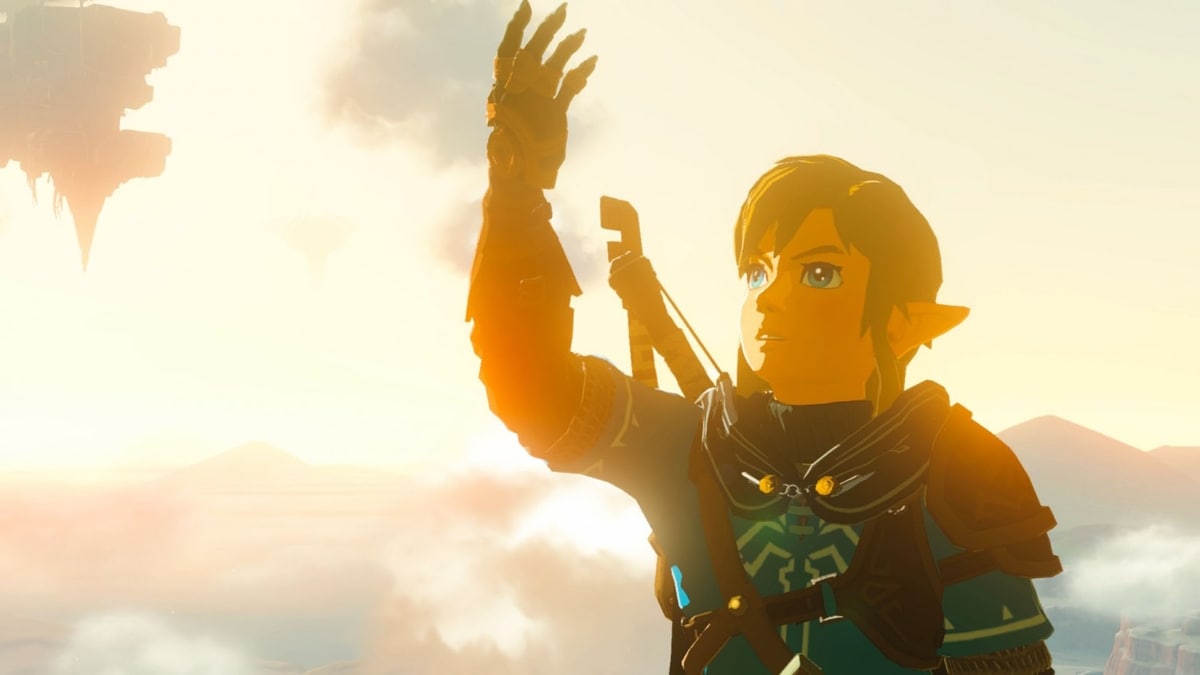I’ve completely lost them.
My sons have run wild through the green thickets of Wailing Woods with their hockey camp friends.
They ducked and dodged the red rock canyons of Canny Valley with kids from school.
And together, they ran through the rain and built a campfire on the piney shores of Loot Lake.
My boys have been having a heck of a summer. On the couch.
None of these adventures are IRL (In Real Life). They’ve done all this in the digital world that ate much of America’s brain this year. Fortnite Battle Royale.
This gripping video game – a cross between Minecraft and a shoot’em-up – has claimed them and millions of other American children.
“Look at you guys! It’s July, and you’re pale!” I finally yelled at them one day, when I’d had enough.
“But mom! What about all that sunscreen? Isn’t this what you wanted?” my cheeky teen parried.
“Um, well, that was about cancer,” I stammered.
“We won’t get cancer doing this!” the tween added.
The teen couldn’t resist another jab.
“Maybe we’re not sunburned this year because you didn’t sign us up for hot, dirty survival camps where we ate grubs and got ticks,” he said. “All our camps are hockey camps. Indoors. Look at Ovi. Is he tan?”
Score: Teen – 1. Mom – 0.
Fortnite is a multiplayer game of adventure and survival. Players communicate and play with one another while trying to survive on the multi-terrained island they’ve been dropped on. Yes, they shoot, but they also strategize, lead, survive and build. Think Hunger Games. Plus, Drake plays it.
It’s been about three years since I gave in to video games. It began with my iron grip on their digital lives that allowed only for full-family bouts of Wii Fit Plus Obstacle Course or Gummy Bears Mini Golf, and my smug satisfaction that I had it all figured out.
Ha.
Denying them video games only amplified their desire to play them. The Scarcity Principle clashes directly with the I Think I’m a Brilliant Parent Principle.
There is no easy answer to navigating the culture of video games as a parent. It’s new territory, and it’s a world that is really easy to dismiss and trash. In our household, I am the Evil Dark Lord of the Luddites and my husband is Digiman, the leader of all the guys who remind me they played video games growing up, and they are FINE.
But for my husband’s generation, video games meant an E.T.-style ride through suburbia on banana-seat bikes to get to the one Gas-n-Sip with Galaga. And once the worn pockets of their sienna Toughskins were empty of quarters, they pooled their nickels and dimes for Jolly Rancher Stix and biked home.
Our kids have endless, free games available to them from the comfort of the Mitchell Gold command centre, free of charge, 24/7. And it is a firm part of their culture, the lingua franca of 21st century American childhood.
In the early days, when the kids wrote persuasive essays asking me to allow them to play Star Wars Battlefront, we had limits that worked. No gaming during the week, weekend time was budgeted.
I pulled the cord, hid the Xbox in my neighbour’s basement or dangled it over the stair railing to underscore enforcement. It looked insane, but it worked.
But this new era of gaming is different, and it’s the thing that makes it good and terrible all at once.
Games like Fortnite are not just hours and hours alone in a room, like all those summer hours we wasted parked in front of the TV, binging on the Green Acres/Mister Ed/Love Boat/Three’s Company/Price is Right lineup. (No, our childhood was not as magical as we remember it.)
And it’s not like the old games they could pause for dinner. Other people are involved.
“I’m the worst person in the world when I tell him it’s dinnertime,” a fellow Fortnite mom confided in me the other day. “He tells me ‘I have six kills! I can’t eat now!’ “
Yes, there is killing. And from the time of cops-and-robbers, psychologists have been debating the pros and cons of violent play among children.
There is a school of thought that violence is a normal part of play, and it puts it in context. I even talked to a therapist who uses toy guns in her practice.
From the White House to the American Academy of Pediatrics, links are drawn from violent play to violent behaviour.
But video games are changing almost weekly. One mass shooter’s game résumé may include Pong, another might be high-scorer in the spine-ripping, bloody spray world of “Grand Theft Auto.” (The most consistent link among mass shooters? A history of misogyny and domestic violence.)
And thanks to games like Fortnite, the once lonely world of gaming is a virtual house party. Plus there are actual, football-style stadium competitions and a gallery of professional gamers. My kids have quoted the nutrition and exercise regimen (no, it’s not just reaching for the Doritos) of the Dallas Fuel, a professional Overwatch team.
Because it’s so social, my kids keep in touch with the quirky Chicago cello player they met at hockey camp at the University of Notre Dame, the trumpet player from the county honor band, the neighbour who moved to Seattle and all their school pals scattered across the region.
But. Still.
In one recent rant about the Summer of Pale, I cornered my tween on why he likes the game so much, aside from friends.
“It’s like the real world every day because everything changes so fast,” he replied.
Welcome to my world, kid. Now, go outside and get a sunburn. Please.
© The Washington Post 2018



